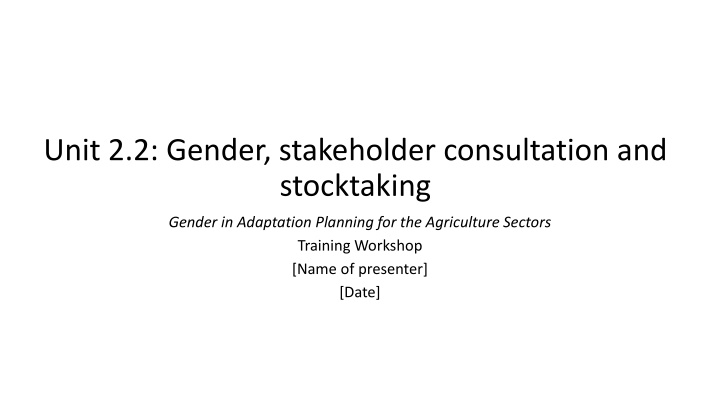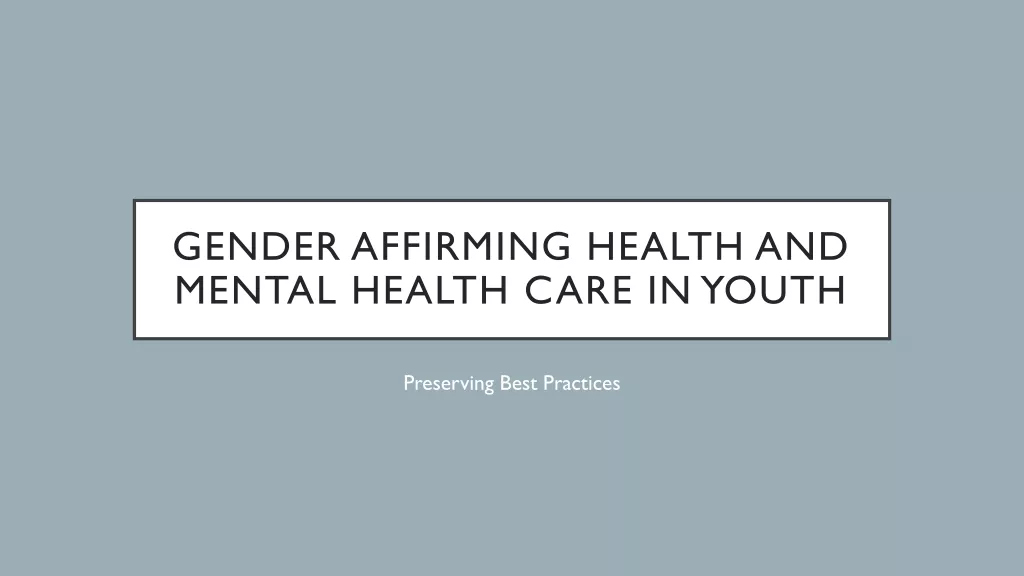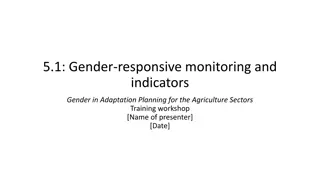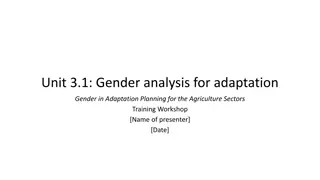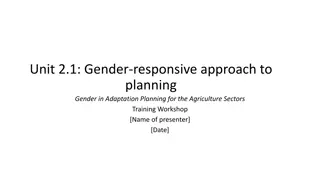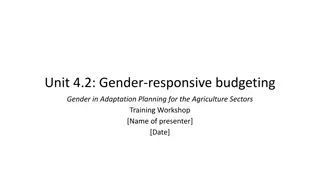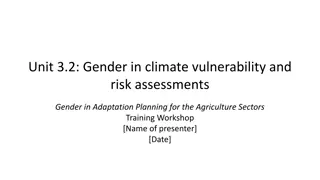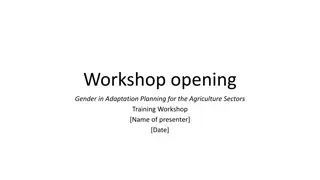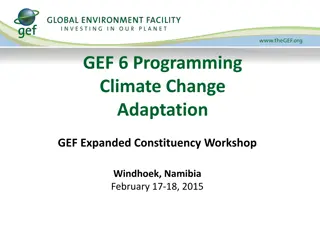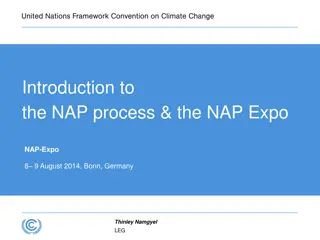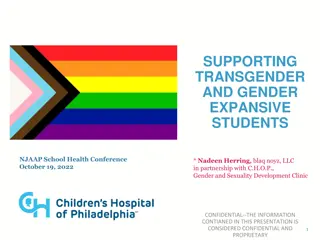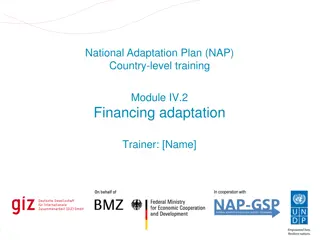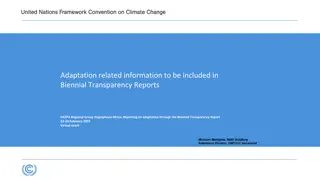Gender Stakeholder Consultation in Adaptation Planning for Agriculture Sectors
This workshop focuses on integrating gender perspectives into adaptation planning for the agriculture sector. Key areas covered include identifying stakeholders, engaging with gender-sensitive organizations, and incorporating gender into stocktaking processes. The importance of diverse perspectives and equitable representation is emphasized, along with strategies for effective stakeholder engagement.
Download Presentation

Please find below an Image/Link to download the presentation.
The content on the website is provided AS IS for your information and personal use only. It may not be sold, licensed, or shared on other websites without obtaining consent from the author.If you encounter any issues during the download, it is possible that the publisher has removed the file from their server.
You are allowed to download the files provided on this website for personal or commercial use, subject to the condition that they are used lawfully. All files are the property of their respective owners.
The content on the website is provided AS IS for your information and personal use only. It may not be sold, licensed, or shared on other websites without obtaining consent from the author.
E N D
Presentation Transcript
Unit 2.2: Gender, stakeholder consultation and stocktaking Gender in Adaptation Planning for the Agriculture Sectors Training Workshop [Name of presenter] [Date]
Learning outcomes Identify stakeholders working on gender, including in agriculture (e.g. land and water management, food security). Identify Understand importance of integrating gender into stocktaking under adaptation planning processes for the agriculture sectors. Understand
Gender-responsive stakeholder engagement Engaging with stakeholders addressing gender can lead to more equitable adaptation options. Diverse stakeholders = diverse perspectives. Potential stakeholders with gender perspective*: Ministry of Gender, similar government bodies NGOs/CSOs working on gender issues farmers organizations women s organization research institutions/universities. Dedicated resources to support engagement process * Note: May not have much climate change-related experience
Identifying stakeholders to contribute Do key teams/committees include representatives of groups/organizations with gender perspective? Is there equitable representation of women/men among stakeholders? Is there a strong, respected voice of women as well as men? Do stakeholders represent women/men whose livelihoods, food security, well-being most impacted by CC? Do stakeholders have skills/expertise to provide guidance on integrating gender inputs? If not, how can this be addressed? Adapted from UNIDO (2014); Nelson (2015).
Integrating gender into stocktaking Stocktaking is the process of conducting a scan of existing initiatives, institutions, and studies as well as the gaps that exist in adaptation planning and documenting these for use in the adaptation planning process Stakeholders participate in a planning process at different times and in different ways
Stocktaking checklist Include gender and CC expertise in stocktaking team Include budget for a gender and climate change expert Ensure stocktaking Terms of Reference (TOR) include attention to gender considerations Gender-sensitive stocktaking design and information- collection plan Consultation with organizations that focus on gender, environment and agriculture issues Ensure stocktaking reporting guidelines include gender-specific criteria Data disaggregated by sex, age Take stock of men/women s technology, existing gender- responsive initiatives, gender capacity, barriers and opportunities
Areas of focus to ensure a gender-responsive stocktaking Adaptation activities Knowledge on adaptation Capacity and gap analysis Do reports on key agricultural programmes and policies include gender-responsive criteria? What is the state of knowledge on gender dimensions of agricultural climate change adaptation? What are the capacities at institutional level to promote gender equality in adaptation for agriculture? Engagement and collaboration Barriers, constraints, opportunities and strengths analysis Is a wide range of stakeholders engaged in contributing data to and shaping the stocktaking? What are the barriers to, and opportunities to strengthen, gender- responsive adaptation planning?
